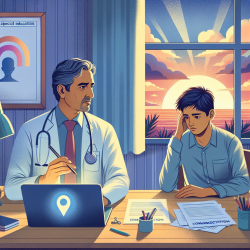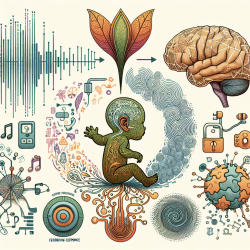Introduction
Lisping is often associated with children's speech, yet it can persist into adulthood, affecting both speech and identity. Despite its prevalence, the sociolinguistic aspects of lisping remain underexplored. This blog delves into the intricacies of lisping, its impact on identity, and the stigma it may carry.
Understanding Lisping
Lisping is a speech disorder characterized by misarticulations of the [s] and [z] sounds. These sounds are notoriously difficult to produce due to their complex articulatory requirements. Bauman-Waengler (2008) notes that these sounds require precise tongue positioning and airflow control, making them prone to deviance.
Common misarticulations include interdental, addental, and lateral productions, which can lead to a diagnosis of a speech or articulation disorder. Such disorders are part of the broader category of speech sound disorders, which also include phonological disorders affecting sound organization.
Prevalence and Variability
Prevalence estimates for speech sound disorders vary widely, complicating efforts to quantify their impact. Studies have shown that lisping can persist into adulthood, with varying prevalence rates across different populations. For instance, a study in Belgium found a high prevalence of lisping among young adults, possibly due to linguistic differences and cultural tolerance towards articulatory imprecision (Van Borsel et al., 2007).
Identity and Stigma
Speech is a significant component of identity construction. For individuals with lisps, this can be a double-edged sword. While some embrace their lisp as part of their identity, others may feel stigmatized. Stigma, as described by Goffman (1963), can affect social status, psychological well-being, and self-esteem.
The stigma associated with lisping can vary based on social context and individual perception. Some may experience public stigma, where others react negatively to their speech, while others may internalize these perceptions, leading to self-stigma. This internalization can affect one's self-esteem and willingness to engage in social interactions.
Lisping in the Digital Age
The internet provides a platform for individuals with lisps to share their experiences and seek support. Online communities offer anonymity, allowing users to discuss their insecurities and triumphs without fear of judgment. These spaces can be empowering, providing a sense of belonging and acceptance.
However, the digital realm also highlights the diverse experiences of those with lisps. While some embrace their speech as a unique trait, others may struggle with self-consciousness and social anxiety. This dichotomy underscores the complex relationship between speech, identity, and stigma.
Conclusion
The sociolinguistics of lisping is a multifaceted field that encompasses identity, stigma, and speech. By understanding these dynamics, we can better support individuals with lisps in their journey towards self-acceptance and effective communication. For more information, please follow this link.










